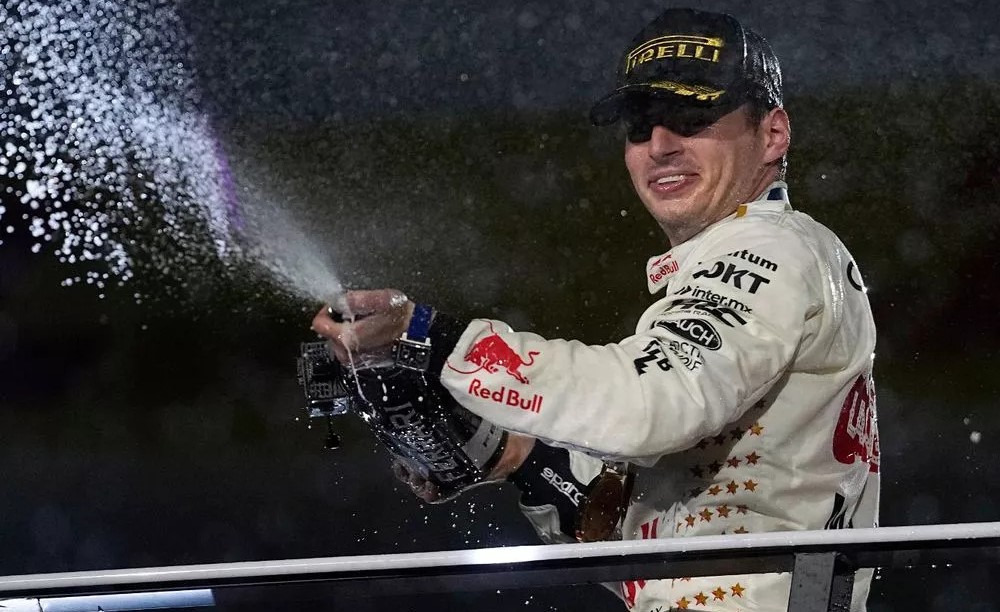Aston Martin has admitted that erroneous sim data generated by equipments caused the development of its AMR23 challenger to be misdirected during the second half of the season.
Aston Martin’s 2023 campaign got off to a great start in Bahrain, where Fernando Alonso finished on the podium six times in eight races. The team maintained this upward trajectory until F1 went for summer break.
Alonso placed third at the Dutch Grand Prix at the end of August, but the Silverstone-based team’s performance mysteriously declined as soon as its development program got underway.
Upgrades upset the aero configuration of the car and reduced its performance and Aston Martin gradually lost ground on its competitors and fell down the rankings.
Aston Martin’s technical director Dan Fallows stated that the team was aware of the genesis of its problems ahead of last weekend’s United States Grand Prix.
“We can see where we went wrong in terms of upsetting the car balance,” Fallows said. “We’ve understood why that’s hurt our overall performance.
“Now, it’s a question of making sure that we don’t make the same mistakes again: it’s certainly been a year of learning.”
Aston Martin debuted a redesigned floor and updated the AMR23’s diffuser in Austin. However, a brake issue that plagued the team during FP1 made it difficult to assess how effective the upgrades were.
During Sunday’s race, Alonso was forced to retire from the race early due to damage to his car’s undertray; however, teammate Lance Stroll, who also started the race from the pits along with the Spaniard, had a strong performance and finished in ninth place.
The Canadian was then promoted to P7 after Charles Leclerc and Lewis Hamilton were disqualified.
Aston Martin’s deputy technical director Eric Blandin went into more detail regarding the squad’s challenges with development, claiming that they stemmed from the team receiving incorrect information.
“We were led in a certain direction by our simulation tools on the aerodynamic side, and we did follow a path that was just the wrong one,” he explained. “I think we have now corrected the issue with the new package.”
The search for a performance range that can handle both low-speed and high-speed corners at the same time has proven to be a major challenge for the team’s engineers this year, according to Aston Martin performance director Tom McCullough.
“Ultimately, with this generation of cars, being strong in low and high-speed corners, from a rear ride height optimization, is a little bit of a challenge without having porpoising, and how close you get to that,” he said.
“That is still the issue now two years down the road for everyone.
“If you look at our car, it hasn’t been particularly strong in high-speed corners and low-speed corners [at the same time].
“So, we’re unable to do one or the other reasonably well, nearly since the start of the year.
“What we’re trying to do is have an envelope that allows us to be strong at both lower ride heights and higher ride heights.”
McCullough felt that the Austin upgrades made by the team would make the AMR23 a stronger contender overall.
“We have not made the car easier to drive,” he added. “But the updates that we brought are easier to drive but you’re always balancing that with being fast as well.
“What we’re trying to do is just have a car that you can go to 24 races and be competitive at.”
But while the team looks forward to some meaningful running with the parts in Mexico, Lance Stroll’s strong speed in the main race has raised hopes that the squad has turned the corner on its challenges.





